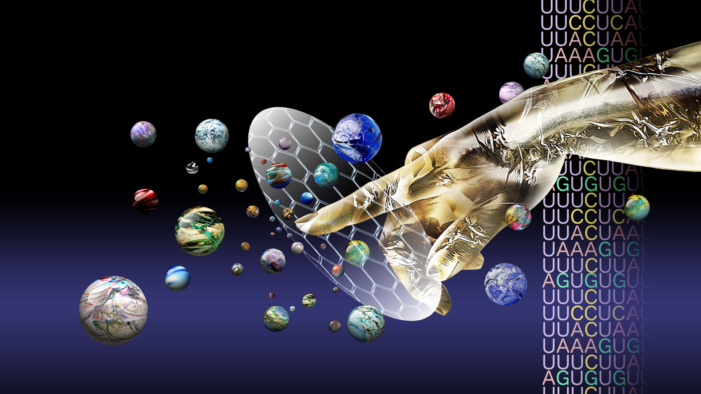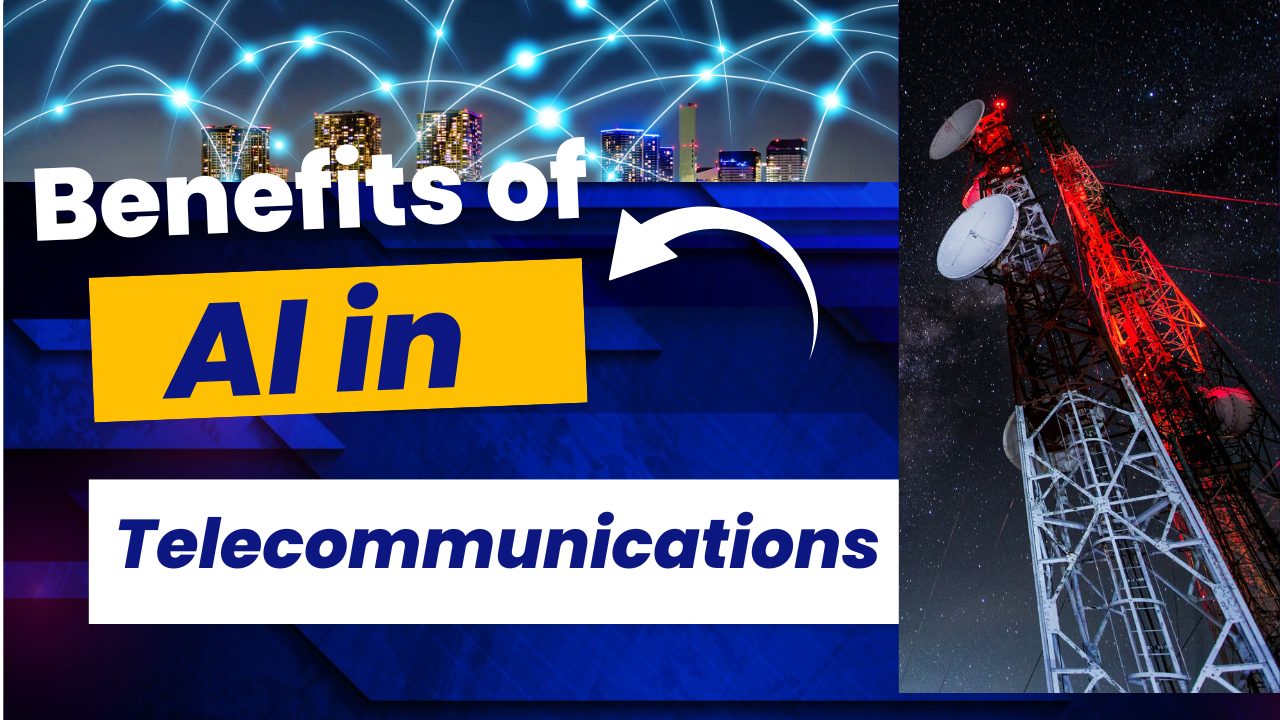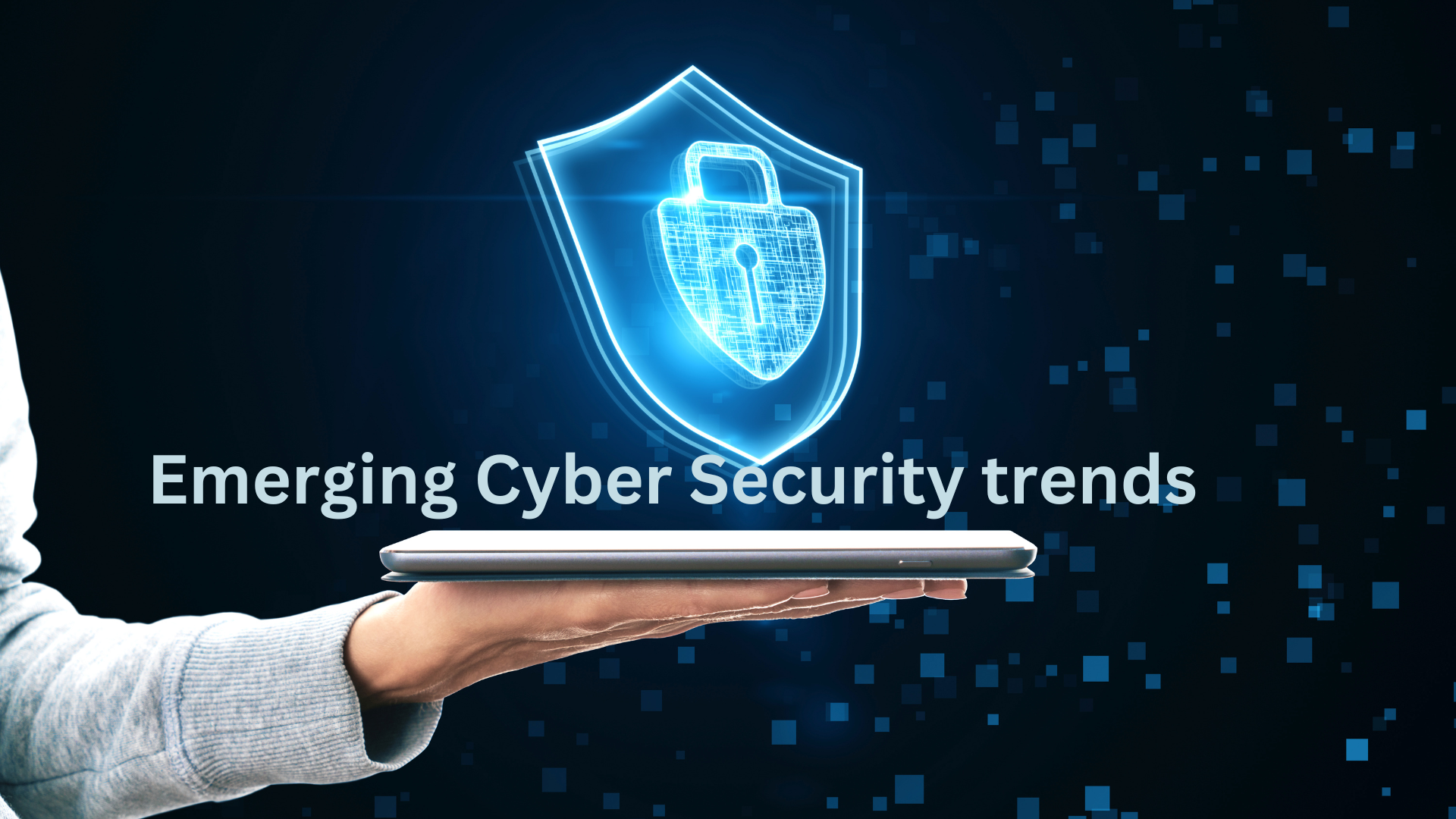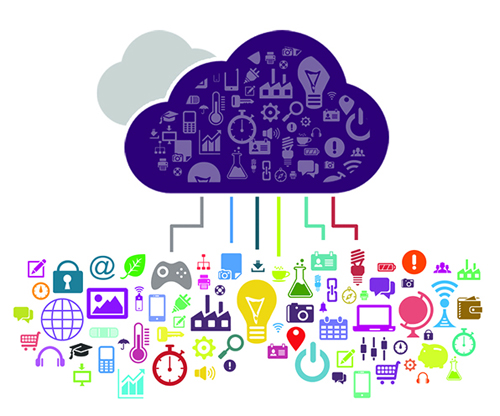ICTpost News Network:
Biosensors, once primarily used in healthcare and research settings, are experiencing a surge in popularity beyond their traditional applications. These tiny devices that detect biological or chemical substances are making their way into smartphones, security systems, and even automobiles, revolutionizing how we interact with technology and the world around us.
Mobile Health on the Rise
The integration of biosensors into mobile devices is a major driver of this trend. Fingerprint scanners for secure unlocking and heart-rate monitors for fitness tracking are now commonplace in many smartphones. Emerging technologies promise even more advanced capabilities. Biosensors could be used to monitor blood sugar levels for diabetics, detect early signs of illness, or even analyze sweat for hydration levels.
Security Gets Personal
Biosensors are also transforming the security landscape. Fingerprint and facial recognition are already employed for secure access control in various settings. Biosensor advancements could lead to even more sophisticated security measures. Imagine using your unique voiceprint or blood vessel pattern for secure identification on your phone or at an ATM.
Keeping Cars in Top Shape
The automotive industry is also taking notice of biosensors. Biosensors could be integrated into cars to monitor driver health, detecting drowsiness or stress levels. They could also be used to analyze engine fluids or cabin air quality, alerting drivers to potential problems before they become major issues.
Challenges and the Road Ahead
Despite the exciting possibilities, there are challenges to overcome. Security concerns around the sensitive data collected by biosensors need to be addressed. Additionally, ensuring the accuracy and reliability of these devices in various environments is crucial.
The future of biosensors is bright. As these devices continue to evolve and miniaturize, we can expect to see them seamlessly integrated into various aspects of our lives, ushering in a new era of personalized technology and preventative healthcare.








